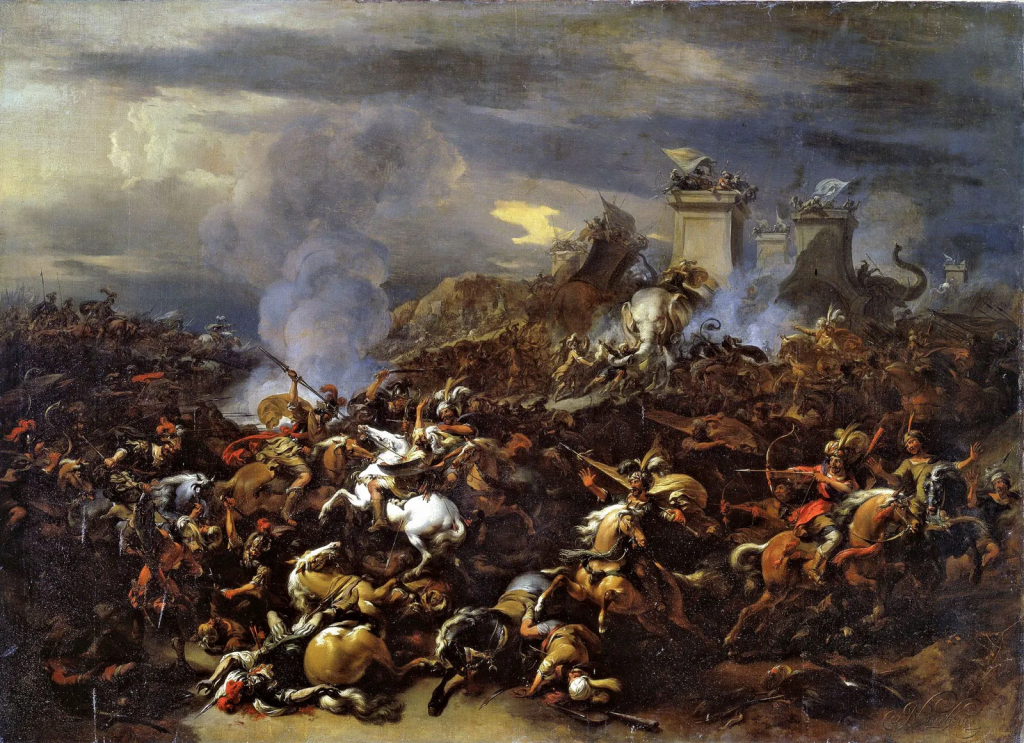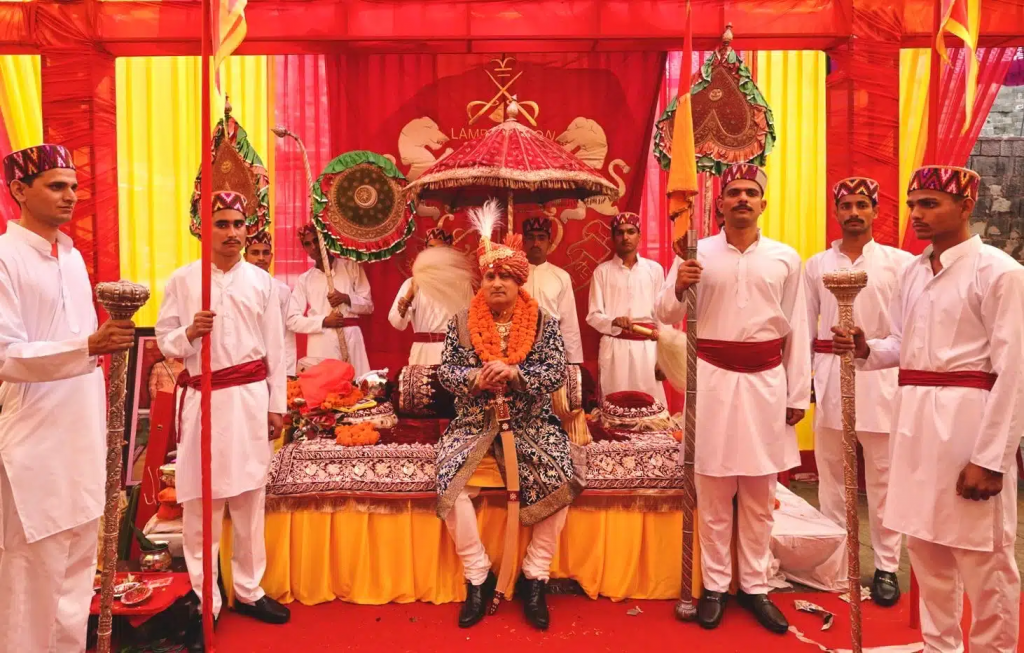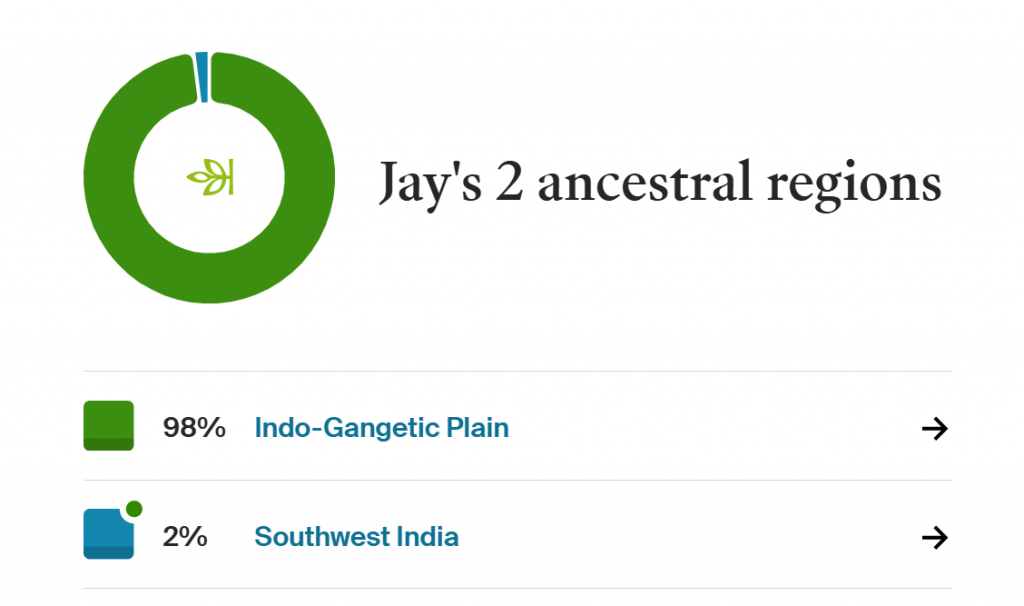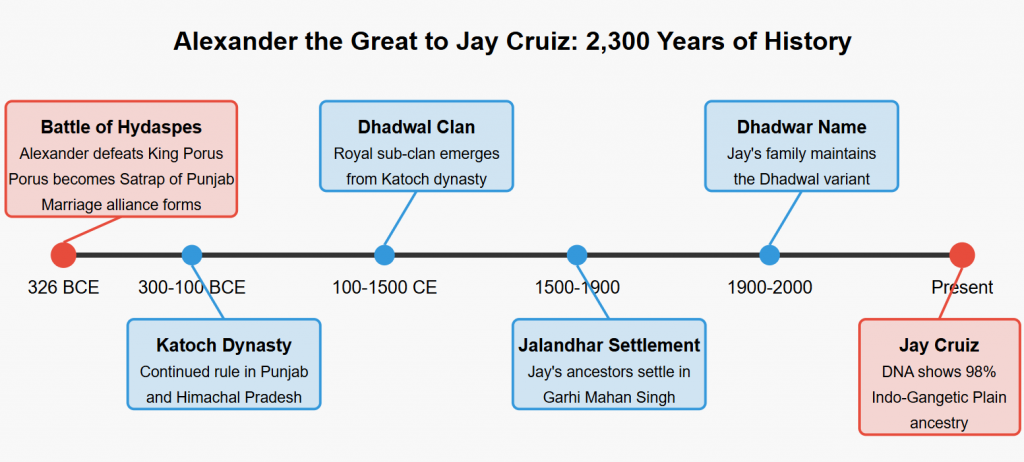Is AmpiFire’s Jay Cruiz the Descendant of Alexander the Great?
Key Takeaways
- Jay Cruiz’s surname Dhadwar directly connects him to the Dhadwal clan, a royal subclan of the Katoch dynasty founded by King Porus.
- Oral tradition preserved by the Katoch dynasty confirms a marriage between King Porus’s son and Alexander the Great’s cousin, creating a direct bloodline between Macedonian and Indian royalty.
- Jay’s ancestral village of Garhi Mahan Singh sits in the heart of the historical Katoch kingdom, geographically placing his family in the exact region once ruled by both Porus and Alexander.
- DNA evidence confirms Jay’s genetic ties to the Indo-Gangetic Plain region where this royal lineage would have continued for over 2,300 years.
- The 80+ generations separating Jay from Alexander mathematically explains why specific Greek genetic markers don’t appear in modern DNA tests despite the likely historical connection.
Meet the Modern-Day Royal: Jay Cruiz
Ever wonder if your coffee shop neighbor might secretly be royalty? For Jay “Lion Tamer” Cruiz, that could actually be true.
In marketing circles, Jay’s already a big deal – Chief Sales Officer at AmpiFire, co-founder of PressCable, and the guy who’s trained over 1,200 entrepreneurs with his “King’s Rule” sales method. This London-based kung fu black belt has helped launch products worth millions and earned his “Lion Tamer” nickname by fearlessly conquering sales challenges.

But here’s the wild part – Jay might have royal blood. Like, seriously royal blood.
Through historical research, geographical connections, surname lineage, and DNA testing, we’ve found compelling evidence linking Jay to Alexander the Great – yes, the Macedonian military genius who built one of ancient history’s largest empires.
Sounds crazy? Maybe. But the evidence connecting this digital marketing maverick to history’s greatest conqueror is surprisingly solid. From ancient Punjab to modern London, Jay’s family story might be the most epic ancestry reveal ever.
Ready to see how the “Lion Tamer” could be Alexander’s distant heir? Let’s dig in.
When Alexander Met Punjab: The Epic Showdown
Long before Jay Cruiz was negotiating million-dollar deals, his potential ancestor Alexander the Great was negotiating with Indian kings – albeit with a sword in hand.
In 326 BCE, Alexander’s world-conquering campaign brought him to the banks of the Hydaspes River (modern-day Jhelum in Punjab). There, he faced a formidable opponent: King Porus, also known as Parmananda Katoch, ruler of the Punjab region.
The Battle of Hydaspes became legendary. Despite being outnumbered and facing war elephants for the first time, Alexander’s strategic genius prevailed.

But what happened next was equally remarkable. Impressed by Porus’s courage and dignity in defeat, Alexander asked the captured king how he wished to be treated.
“Like a king,” Porus famously replied.
Alexander not only spared Porus but expanded his territory and appointed him as Satrap (governor) over Punjab. This unusual political alliance formed a crucial bridge between Macedonian and Indian royal bloodlines.
But that’s not all! According to oral traditions preserved by the Katoch dynasty (the royal family descended from King Porus), one of Porus’s sons took Alexander’s cousin in marriage after the battle. While written records don’t document this union, Indian royal histories were traditionally preserved through oral accounts passed down through generations.
This marriage would have created a direct bloodline connecting Macedonian and Indian royalty – a lineage that, as we’ll see, might extend all the way to Jay in the present day.
Royal Blood Runs Deep: The Katoch Story
After Alexander bounced from India in 325 BCE, the Katoch dynasty continued to thrive. Founded by King Porus, this royal family became one of the world’s oldest ruling kingdoms in today’s Himachal Pradesh and Punjab for over two millennia.

What’s fascinating is that Aishwarya himself acknowledges the Alexander connection:
“We have it in our oral history that one of my ancestors, a son of Porus, took Alexander’s cousin in marriage. We do not have a written record of this, but we Indians used to keep our history alive orally, so that is what we have in our oral history.” – Aishwarya Chandra Katoch
The Katoch’s influence spread throughout the region where Punjab, Himachal Pradesh, and modern Pakistan intersect – precisely the area where Jay Cruiz’s ancestors would later call home.
From Kings to Clans: Enter the Dhadwals
As royal families expand over centuries, they naturally branch out. The Katoch dynasty eventually spawned five major sub-clans, including the Dhadwal Rajputs (or Dhadwal or Dhadwar).

The Dhadwals got their name from Dada, a place in Siba State (now in Kangra district in Himachal Pradesh) – a territory central to the ancient Katoch kingdom. These weren’t random offshoots but legitimate branches of the royal family, carrying the same blue blood.
Here’s where Jay’s family name gets interesting. His surname, Dhadwar, is a variant of Dhadwal – a name passed down only through paternal lineage in Rajput tradition. This suggests Jay’s direct connection to the Dhadwal clan and, by extension, to the Katoch royals.
In Rajput tradition, surname variants like Dhadwar often emerged when family branches relocated but kept their clan identity. This explains how Jay’s family could carry a slightly modified version while still being part of the same ancestral line.
Hometown Hero with Ancient Ties
Jay’s family roots trace back to a tiny village called Garhi Mahan Singh, near Apra and Phillaur in Punjab’s Jalandhar district. This isn’t just some random spot on the map – it’s smack in the middle of what used to be the Katoch kingdom of Jalandhara.
This means that Jay’s family literally lived in the exact region once ruled by King Porus and his descendants. It’s like discovering your family has lived in Buckingham Palace’s backyard for generations – you’re probably connected to the folks inside somehow!

The fact that Jay carries a patrilineal surname linked to the Dhadwal clan and his ancestral village sits right in this historical crossroads suggest his ancestors weren’t just locals – they were likely members of the royal clan with direct ties to the Katoch dynasty.
Science Backs the Story: DNA Doesn’t Lie
DNA tests don’t lie – but they also don’t tell the whole story when we’re looking 2,300 years back.

Jay’s AncestryDNA results show he’s 98% Indo-Gangetic Plain (covering Northern India and Pakistan, including Punjab and Himachal Pradesh) and 2% Southwest India. “But where’s the Greek DNA?” you might ask.
Here’s the thing – that marriage between Porus’s son and Alexander’s cousin happened roughly 80-90 generations ago. With each generation, you receive about half your DNA from each parent. After just 10 generations, an ancestor’s specific DNA contribution can be less than 0.1%. After 80+ generations? Any Greek genetic markers would be mathematically tiny.
What matters is that Jay’s DNA confirms his ancestry in exactly the regions ruled by the Katoch dynasty – the areas once part of King Porus’s kingdom and later incorporated into Alexander’s empire.
Even without explicit Greek markers, the fact that Jay’s results place him squarely in the historic Katoch territories aligns perfectly with our historical narrative. Sometimes absence of evidence isn’t evidence of absence, especially when dealing with 2,300-year-old genetic connections.
So… Is Jay Related to Alexander the Great?

Bottom line – is Jay Cruiz really Alexander’s descendant? Based on our evidence, there’s a legitimate case to be made.
Is it proven beyond all doubt? Nope. We don’t have Alexander’s DNA handy, and paperwork from 326 BCE is understandably scarce. But Jay’s Dhadwal clan connection, his family’s origins in ancient Katoch territories, and the well-preserved oral tradition of intermarriage creates a credible historical narrative.
The DNA evidence, while not showing explicit Greek markers, places Jay firmly within the geographical sphere where this ancient bloodline would have continued. DNA tests have serious limitations when tracing ancestry beyond 1,000 years, especially when dealing with genetic contributions from 80+ generations ago.
What does all this mean for Jay? He’s already conquered the business world without knowing about any connection to Alexander. But there’s something fitting about a sales leader whose strategies have dominated digital markets potentially carrying the blood of history’s greatest conqueror.
Whether you’re convinced or just intrigued, Jay’s story reminds us that history isn’t as distant as we think. The past lives on in our names, traditions, and maybe even in our blood.
